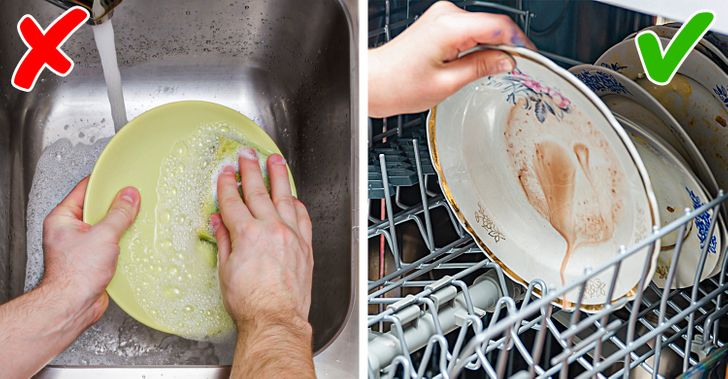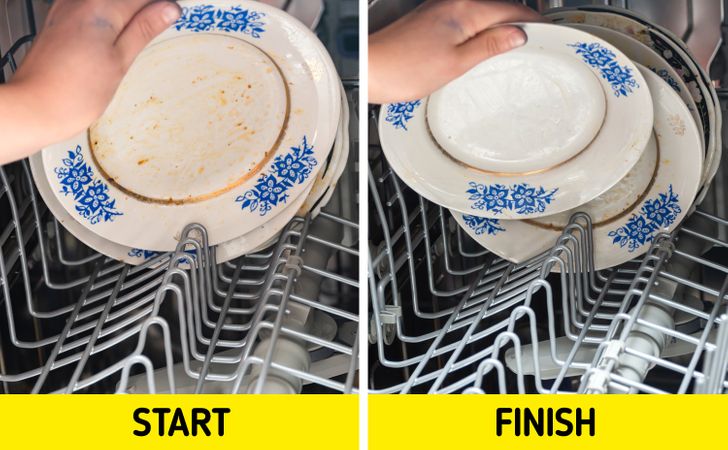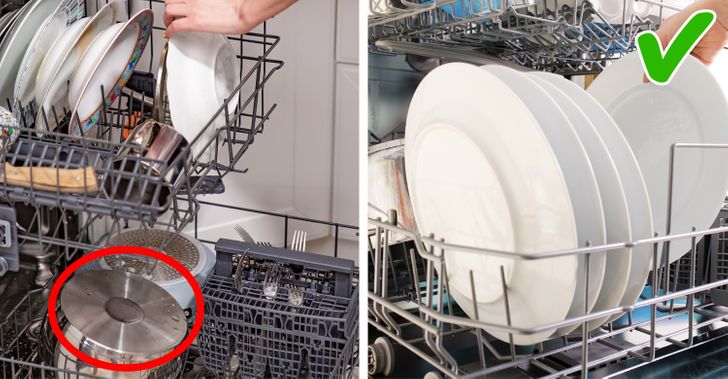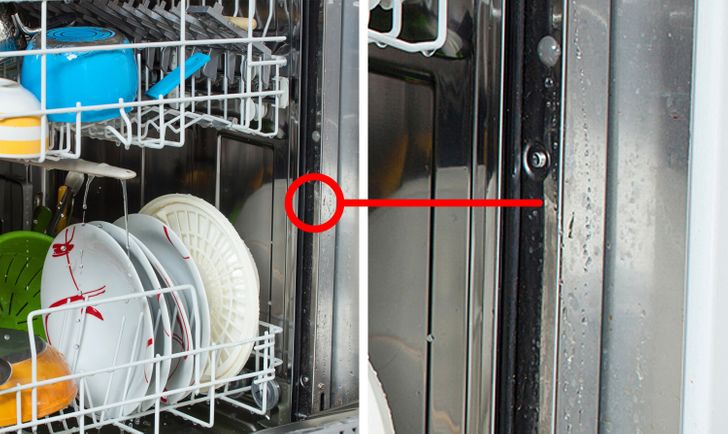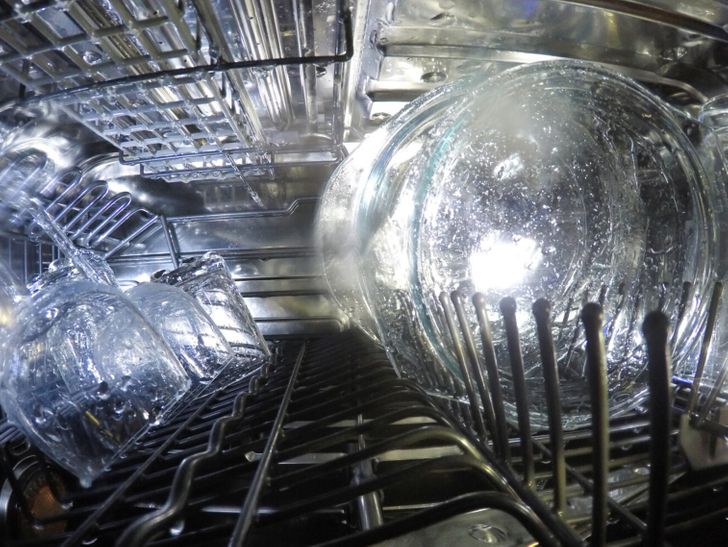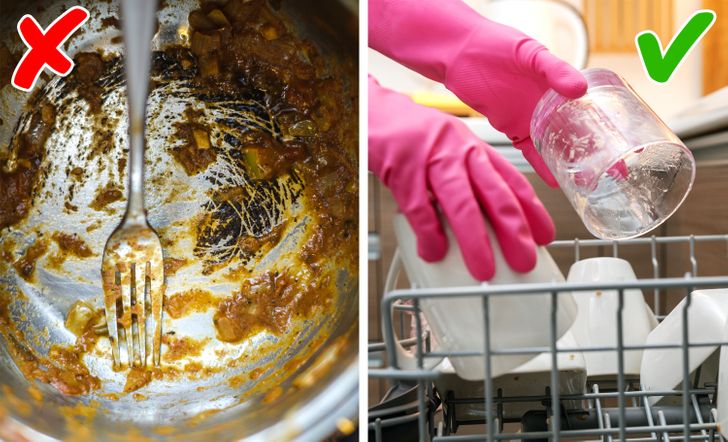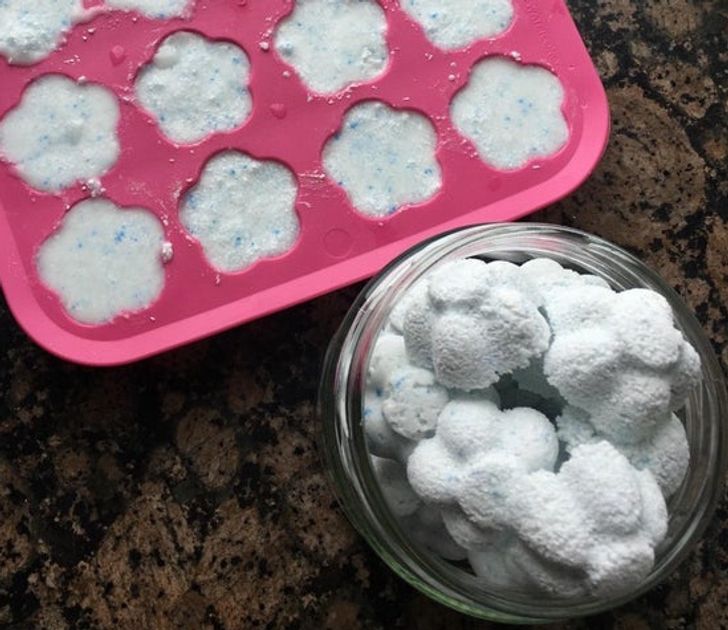hah well I guess it's good to know... too bad my work stopped because of pandemic
7 Ways That We Are Using Our Dishwashers Wrong, According to the Experts
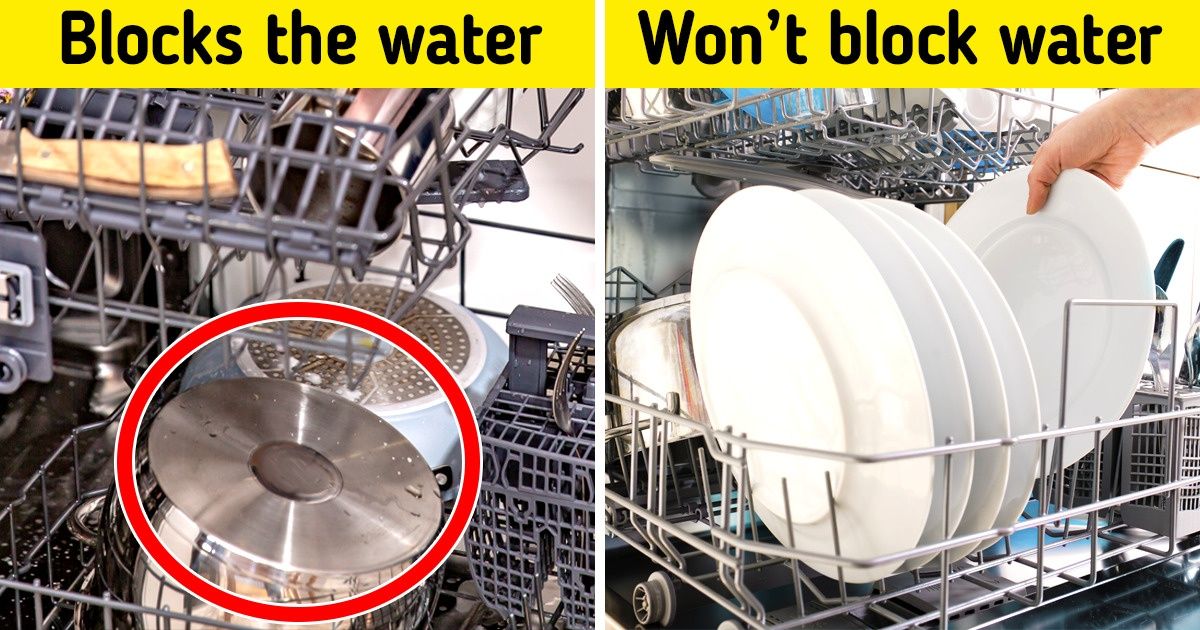
Rinsing our dishes is a thing of the past. Yes, it can actually be better to put our dirty dishes directly into the machine, saving us time and money. Not only are some of our dishwashing habits outdated but they can also be pretty wrong, like how we fill our machines, our cleaning routines, and our water temperature levels.
Bright Side is sharing the most common errors with you and letting you know how you can change them today, with the added bonus of a dishwasher pod recipe.
1. Pre-washing the dishes
Pre-rinsing your dishes may not be the most effective way to clean them, especially if you have purchased a dishwasher in the last 5 years. They now come with a soil sensor, meaning that if it decides your dishes aren’t very dirty, it will use a shorter cycle.
It also consumes much more water and electricity. In fact, a study says rinsing and washing our dishes can waste as much as 8-27 gallons of water.
2. The water heater is below 120ºF
Dishwashers that are only connected to a hot water pipe may not clean properly. The low water temperature entering the dishwasher can be a problem if you don’t have a built-in heat booster. To ensure that everything will be squeaky clean, make sure your water is getting hot enough.
3. Not running hot water from our taps
This can help your dishwasher run more efficiently by drawing hot water directly from the pipes for the first cycle. Something especially useful in the winter with cold pipes, for instance.
The average dishwasher takes around 2 minutes to heat the water by 1 degree and most cycles need to be at 135ºF. If the water is only at 105ºF then your wash will take an extra 60 minutes!
4. Accidently blocking the sprayer
When we place large items across most of the rack they prevent the items above from getting cleaned properly. Instead, it can be better to wash the larger items by hand to make sure that your dishes are hygienically cleaned.
5. Not cleaning the rubber seals
The rubber collects bacteria over time from the dirty items in the dishwasher, which love humid spots. This can be tackled with an old toothbrush and soapy water every few months to prevent buildup.
6. Not using a rinse aid
If your load is coming out wet and with water spots, then a rinse aid could be the answer. It will reduce the surface tension of the water and stop droplets from forming and leaving stains. It also helps the items to dry quickly, so you are not left with a ton of drying to do.
7. Mixing soil levels
Some items may require a longer deeper clean, and others a shorter cycle. Similarly to laundry, group your dirty dishes according to their soil level for the best results! This may mean having to hand wash some items to prevent ruining the load.
Bonus: dishwasher pod recipe
For this recipe all that you need to do is:
- Mix dishwasher powder with water and vinegar until it forms a thick paste.
- Leave it overnight to set in a mold and store it in an airtight container.
This also means that you can control the amount of soap you add to the wash, preventing any unnecessary slimy residue.
How do you wash your dishes? Please share your dishwasher tips with us!
Comments
I had no idea about numbe 4, I actually always put it wrong ... oops!
Related Reads
13 Stories Proving That Female Solidarity Turns Ordinary Women Into Legends

14 Mother-in-Law Moments That Became a Legendary Family Story

14 Real-Life Plot Twists That Could Make Hollywood Drama Look Tame

I Absolutely Refuse to Tolerate My DIL’s Laziness, My Son Deserves a Wife, Not a Freeloader

10 Moments That Proved the Worst Betrayal Comes From Home

I Left My Estate to My Adopted Son, and Now My Biological Kids Are Pleading for a Share

I Refuse to Forgive My Parents—They Bought My Brother a House and Left Me With ‘Sorry’

15 Stories That Prove a Small Spark of Kindness Can Light Up a Fading Soul

I Refuse to Sell My House for My Jobless Son-in-Law

12 Family Stories With a Twist That Could Rival Any Sitcom Script

I Refused to Support My Parents After Years of Neglect—I’m Not Their Retirement Plan

16 First Dates So Bad, They Should Be Turned Into a Comedy Movie

